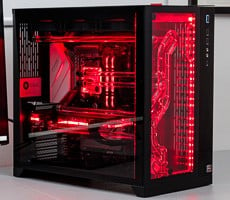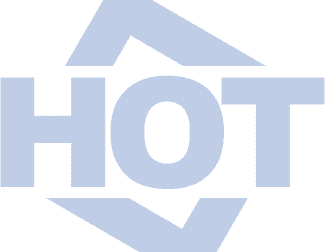Asus ZenBook Pro UX501 Review: Beauty And Brawn
|
Futuremark’s PCMark 7 is a well-known benchmark tool that runs the system through ordinary tasks, including word processing and multimedia playback and editing. Graphics and processor power figure prominently in this benchmark, but graphics power doesn’t play as big a role here as it does in Futuremark's 3DMark, which is explicitly for testing the system’s gaming capabilities). A machine's storage subsystem also factors heavily into the final score.
It's an all-around competent performer, bolstered by the speed of its zippy PCI-E x4 SSD.
|
PCMark 8 v2 is the latest version in Futuremark’s series of popular PC benchmarking tools. It is designed to test the performance of all types of systems, from tablets to desktops. PCMark 8 offers five separate benchmark tests to help consumers find devices that offer the perfect combination of efficiency and performance for their particular use case.
This latest version of the suite improves the Home, Creative and Work benchmarks with new tests using popular open source applications for image processing, video editing and spreadsheets. A wide variety of workloads have also been added to the Work benchmark to better reflect the way PCs are used in enterprise environments. Though this is technically a "synthetic" benchmark, PCMark's trace-based workloads utilize real-world software and performance measurements.
Note that since PCMark 8 is considerably newer, we don't have as comprehensive a collection of tested hardware to include, but we'll get there! For now:
We need to investigate further.
|
Based on Maxon Cinema 4D software, this test uses a 3D scene and polygon and texture manipulation to assess GPU and CPU performance. We usually opt for the Main Processor Performance (CPU) test, which builds a still scene containing about 2,000 objects, for total polygon count above 300,000. We run the test twice: once with only one processor core enabled, the next time with all CPU cores blazing. Cinebench displays its results in points.
It was after running Cinebench that we started paying closer attention to the ZenBook Pro's CPU performance. After all, the Core i7-4720HQ should turn in stronger results than the Core i7-4710HQ. Notice the difference between multi-core tests on the HP Omen 15 and Asus UX501? It only has a 100MHz clock speed advantage, but on paper it's superior. So what's happening under the hood?
Using AIDA64 to monitor a variety of variables -- specifically CPU temps and and clock speeds -- I re-ran both PCMark 8 and Cinebench's multi-core test and noticed something interesting. Within a minute of being put under a partial load, the CPU's temperature hit 84-degrees Celsius and started to exhibit up to 20% throttling. This could be a thermal restraint to prevent overheating, or dynamic clock speed gating under varying loads. Either way, it's a bummer that it happens so quickly. This hinders how long our Core i7-4720HQ can stay within its Turbo Boost clock speed range (its maximum being 3.6GHz), and that time frame can be as little as a few seconds under extreme load.
Here's the PCMark SkyDiver test:

And here's the short Cinebench test:

To be fair, this performance penalty comes with a benefit in that the ZenBook Pro never becomes unbearably hot, even when resting on your lap. Compromises almost always come into the equation when we're talking about thin, gaming-capable ultrabooks. The throttling may be disappointing, but it is understandable.






